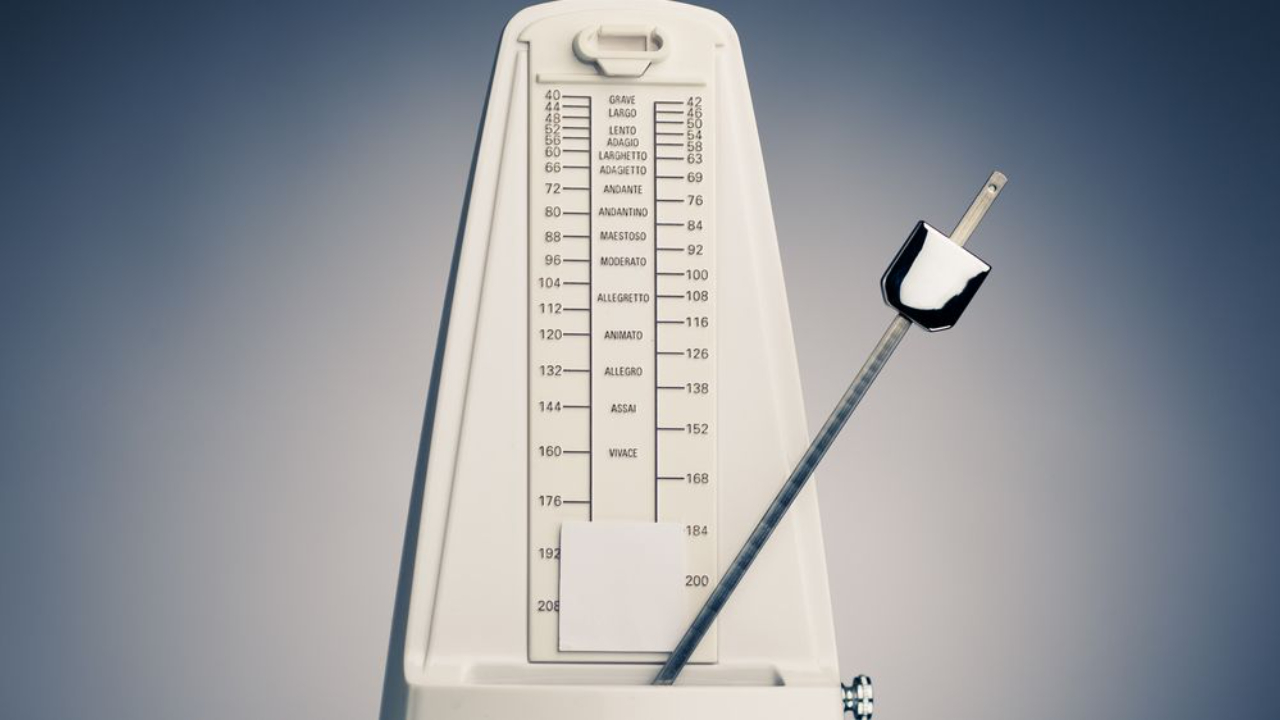
In this blog post, I'd like to highlight some ways in which working on cadence can enhance your understanding of The Melody Framework and, ultimately, help your message get across to your audience. Cadence is important in speeches and in dialogues because you have the opportunity to change it up to keep your audiences attention. You highlight a little word over here. You change a rhythm over there. You create dynamic speech when you use cadence properly.
Cadence and Effective Communication
The cadence of speech delivers meaning. It can be thought of as the rhythm or flow of a sequence of sounds and words, but really, it also includes the rise and fall of intonation.
I think you know by now if you've been following me, that English is a stress-timed language which means that there is a contrast between stressed and unstressed syllables...SOOOO...the stressed syllables get the longer syllables which also get the upward pitch that gives us cadence.
If we want to get granular about it, cadence includes the rhythmic pattern of speech with the rise and fall of pitch. It also involves the pauses and timing between words and phrases since those are part of rhythm. Cadence is often associated with the overall expressiveness of spoken language.
Let's talk about melody for a sec. Melody in speech, also known as intonation, refers to the pattern of pitch changes within a sentence or utterance. It's the musical quality of speech that arises from the rise and fall of pitch contours. Melody plays a significant role in conveying emotions, intentions, and nuances in communication, too.
While cadence focuses on the broader rhythm and pacing of speech, melody hones in on the pitch variations that carry linguistic and emotional information. Together, these elements create rich and dynamic spoken communication. They really don't live one without the other.
You can evoke different senses by working your cadence and melody together – such as urgency, emotion, and professionalism,
Today, we'll explore a few of these!
Cadence and Urgency
One of the first examples that we'll take a look at here is how you can create excitement and add urgency by abruptly changing from a slow measured rhythm to a rapid cadence.
For instance, the sentence "I want to eat now" increases in urgency if you shorten the intonation of the word "now," making it sound a little like a tantrum, actually: "I want that now!"
On the other hand, you can also slow down a series of words at the end of a sentence to give importance to each of them. The length and the intonation of the words get a similar cadence to emphasize their importance.
For example, we can start the following sentence quickly and then slow it down at the end. Note the space between some of the words at the end and say them with the same intensity: There won't be any time for us to waste.
Cadence and Emotion
A variable cadence might suggest humor or drama. When you want to express excitement or enthusiasm, raise the pitch of your voice slightly. Also, you might want to increase the pace of your speech and use varying degrees of loudness to emphasize certain words.
On the other hand, if you're trying to evoke a more sad or somber mood, lower the pitch of your voice. Focus on speaking more slowly and softly.
You'd be surprised how much varying your pitch can change the cadence of a sentence. For example, if you vary your pitch unpredictably, or use a quizzical tone with rising and falling intonations, you can evoke confusion in your voice.
Cadence and Professionalism
I often associate a professional cadence when communicating with a calm and confident cadence and melody. Focus on keeping a steady cadence with a moderate pace. You'll want to avoid sudden rushes or slowing down (except where being emphatic), as these can distract from your message. Speak with a consistent pitch and minimal variations and don't forget to enunciate your words clearly.
Also, you'll want to apply appropriate pauses to your speech. Pauses are essential for providing emphasis, allowing your listeners to process information, and creating a sense of structure in your speech. Use brief pauses between phrases and longer pauses for more significant transitions.
In conclusion, it’s important to note how your cadence can impact an audience. Both cadence and melody contribute to effective communication by helping listeners follow and understand the speaker's message more clearly.
The cadence of speech sets the overall rhythm and pace of speech, while the melody in speech adds depth and meaning through pitch variations that convey emotional and linguistic nuances.
The best advice I can give to you is to consider your audience. You'll want to tailor your cadence to your audience's preferences and expectations. For instance, speaking slightly more slowly and clearly in a formal presentation compared to a casual conversation. Or, evoking emotion when you're storytelling and trying to grasp the audience's attention with an emotive story.
Adapting your cadence to match your audience, whether for expressing urgency, emotion, or professionalism is an important aspect of effective communication. This way, you'll establish a connection and make your message more accessible and relatable to them. Adapting your cadence demonstrates your ability to connect with different people and communicate effectively in various contexts.
Let's Stay Connected!
Subscribe to The English Communication Confidence Blog so that you can be the first to receive unique ways to polish your advanced English.
We hate SPAM. We will never sell your information, for any reason.




